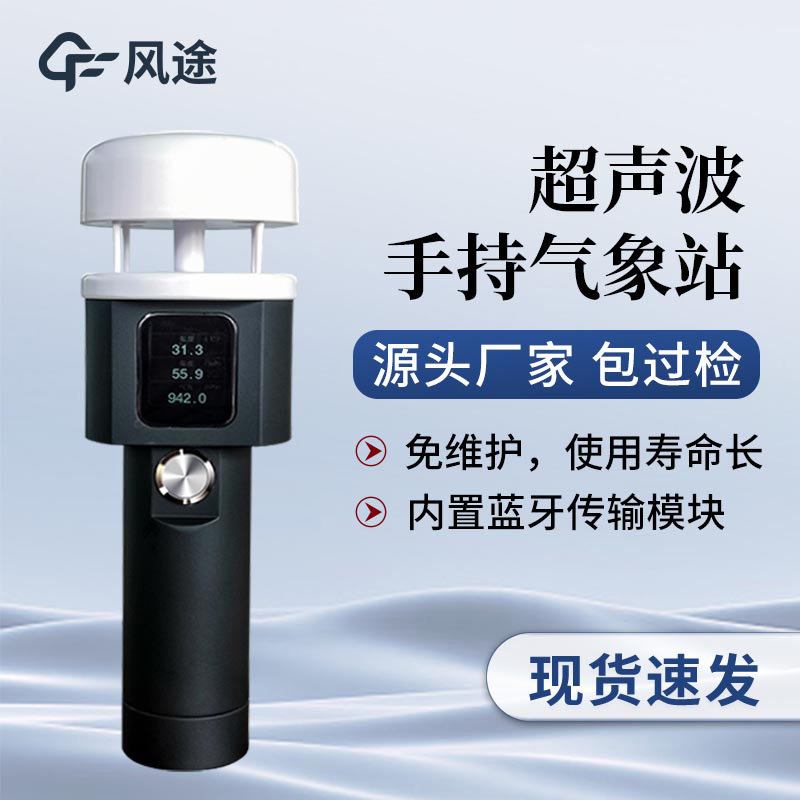Meteorological environment monitoring equipment supplier
Insist on doing high-precision customer favorite technology products
The mechanical Handheld Weather Station has played an important role in past meteorological measurements. However, as a relatively traditional measurement tool, it has many limitations. The mechanical sensor mainly relies on the mechanical structure to sense the changes of meteorological elements. For example, an anemometer usually measures wind speed through the rotation of the wind cups. However, this process is easily interfered with by environmental factors. For instance, in a light wind environment, the wind cups may not rotate significantly, resulting in an inability to accurately capture the changes in low wind speeds. Moreover, the mechanical components are exposed to the wind and rain for a long time, making them prone to problems such as wear and aging. This not only affects the measurement accuracy but also increases the costs of daily maintenance and calibration. The data recording of mechanical weather instruments mostly depends on manual copying, which is not only inefficient but also prone to errors due to human factors, making it difficult to meet the high requirements for data timeliness and accuracy in modern meteorological observations.
With the advancement of technology, the ultrasonic Handheld Weather Station has emerged. The FT-SQ5A measures wind speed and direction by using the time difference of ultrasonic waves propagating in the air. It has a wide measurement range, with the wind speed measurement reaching 0-40m/s and the accuracy controlled within ±5%. The wind direction measurement range is 0-360° without blind areas, and the accuracy is ±3°. It also integrates the monitoring functions of various meteorological elements and can monitor parameters such as air temperature, humidity, and atmospheric pressure in real time. By integrating multiple functions, it greatly improves the efficiency of meteorological observations.
It adopts an ABS engineering plastic shell, which is lightweight, weighing only 0.85kg, making it easy to carry and operate. There are no moving parts inside, eliminating the need for maintenance and on-site calibration, and it has a long service life, reducing the usage cost. It is equipped with a built-in Bluetooth module, which can be wirelessly connected to devices such as mobile phones. Through the dedicated APP software, users can view the monitoring data in real time on their mobile phones, which is convenient and fast. The instrument also has a large-capacity data storage function and can store monitoring data for up to 365 days, providing rich data support for meteorological research and analysis. Due to these advantages, this weather instrument is suitable for a variety of scenarios, such as multi-element detection of handheld weather, mobile inspections, power safety inspections, etc., and it performs particularly well in meteorological monitoring in complex outdoor environments.
